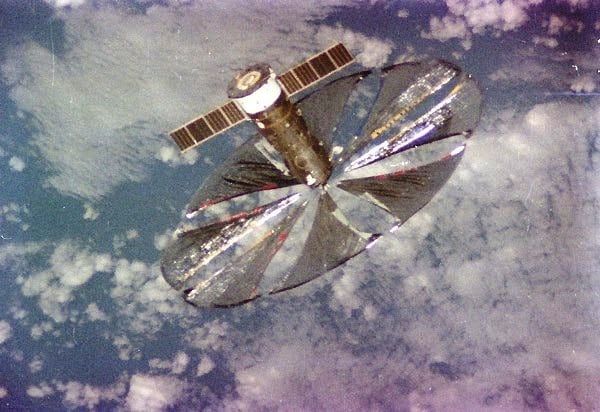Picture this scenario: After a long work shift, you switch off the lights and settle into bed, only to witness the sky outside your window suddenly illuminate, resembling daylight.
This could become a reality if a U.S. firm has its proposal approved.
Reflect Orbital aims to launch large mirrors into space to distribute sunlight during nighttime hours.
However, this initiative has raised concerns among astronomers who are already troubled by the diminishing visibility of the night sky due to satellite constellations and light pollution.
Despite opposition from astronomers, the California-based startup insists that their plan could address energy challenges and offer illumination for emergency response efforts and similar situations.
Astronomers remain skeptical.
Astronomer and University of British Columbia associate professor Aaron Boley criticized the company’s claims, citing “misunderstandings or deliberate misrepresentations” on their website.
“Their notion of reducing light pollution with a massive space light seems to imply that natural sunlight is not considered pollution,” Boley stated.

The company, which has submitted a request to the U.S. Federal Communication Commission to deploy its initial satellite, EARENDIL-1, proposes using satellites to reflect sunlight onto specific areas, such as solar farms after sundown.
Reflect Orbital has outlined various satellite sizes, ranging from 10 x 10 meters to 54 x 54 meters. However, experts argue that numerous satellites would be required even at the largest size to provide sufficient sunlight to a solar farm.
According to Monash University astronomy associate professor Michael Brown, to replicate midday sun intensity, thousands of smaller mirrors would be necessary due to the limitations of launching a single large mirror.
Reflect Orbital declined to comment on this matter.
Historical Background
The concept of a space mirror dates back to the 1920s and was first demonstrated by Russia with the deployment of Znamya 2, a space mirror measuring 25 meters in diameter, in 1993. The mirror created a five-kilometer bright spot before disintegrating over Canada.

Both the U.S. and the European Space Agency have explored similar ideas, although none have materialized due to feasibility concerns.
Despite challenges, the concept remains attractive due to the prevailing mindset that if a task can be accomplished from space, it should be pursued, as stated by Boley.
He further explained that for the mirrors to function effectively, the satellites would need to follow a polar orbit, passing over Canada, which raises additional questions about unwanted light emission over certain regions.
Potential Implications
Reflect Orbital anticipates that the light emitted by its mirrors could span several kilometers, prompting worries about its impact on individuals and wildlife.



